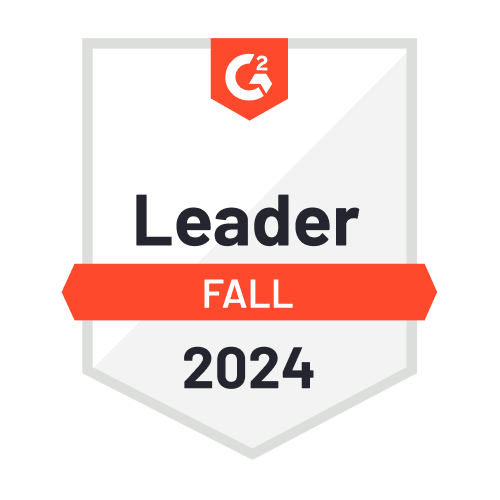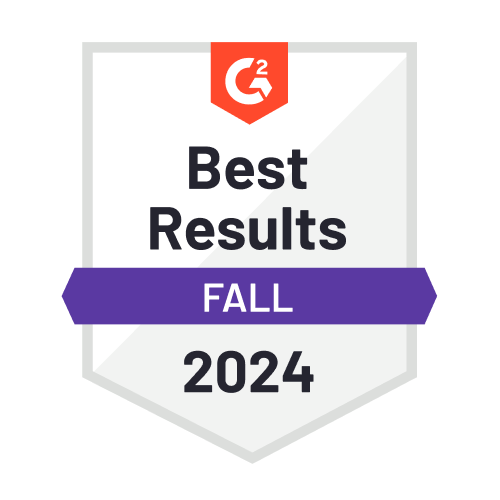Lifecycle Marketing
Lifecycle marketing is a strategic approach to marketing that focuses on engaging and nurturing customers throughout the entire customer journey, from the moment they become aware of your brand to their continued loyalty and advocacy. Acquisition is five times more expensive than retention, so it’s in businesses’ best interests to understand and address the different stages of the customer lifecycle.
With a strong lifecycle marketing strategy, businesses can tailor their marketing efforts to meet specific customer needs, improve customer satisfaction, and boost long-term customer retention.
What is customer lifecycle marketing?
Customer lifecycle marketing is a subset of lifecycle marketing that specifically centers on the interactions and experiences customers have with a particular brand. It involves crafting targeted marketing campaigns and personalized messaging to effectively guide customers through each stage of their individual journey. The primary goal is to build stronger relationships with customers and foster brand loyalty.
What are the customer lifecycle stages?
The customer lifecycle consists of several stages, each representing a distinct phase of the customer’s relationship with a brand. These stages typically include:
- Awareness
This is the initial stage where potential customers become aware of a brand’s existence and offerings.
- Acquisition
In this stage, a potential customer makes their first purchase or takes the desired action, becoming an actual customer.
- Onboarding/Activation
After acquisition, the focus is on providing an exceptional onboarding experience, ensuring customers understand how to use the product or service effectively.
- Engagement
This stage involves consistently engaging with customers to maintain their interest and satisfaction.
- Retention
Building strong customer loyalty is the aim of this stage, encouraging repeat business and reducing churn.
- Advocacy
Satisfied customers become advocates who promote the brand to others, potentially leading to new customer acquisitions.

What are the benefits of lifecycle marketing?
A lifecycle marketing strategy is critical to business success. From loyalty to ROI, here are five reasons you should get started:
- Improved customer retention: By understanding customer needs and providing tailored experiences, lifecycle marketing can enhance customer loyalty and reduce churn rates.
- Increased customer engagement: Personalized and timely communication fosters stronger connections with customers, leading to higher engagement levels.
- Enhanced customer experience: Addressing customer needs at each stage of the lifecycle enhances the overall customer experience, positively impacting brand perception.
- Better marketing ROI: Targeted marketing efforts ensure resources are allocated more efficiently, resulting in a higher return on investment.
- Brand advocacy and word-of-mouth marketing: Satisfied customers are more likely to become brand advocates, promoting the brand to their network, and generating positive word-of-mouth marketing.
How to build a customer lifecycle marketing strategy?
Building an effective customer lifecycle marketing strategy is essential for businesses seeking long-term success and customer retention. The approach recognizes that customers go through different stages in their relationship with a brand, from the first interaction to becoming loyal advocates. Understanding these stages and tailoring marketing efforts accordingly can significantly impact customer satisfaction, brand loyalty, and overall profitability.
- Research and define customer personas
Start by understanding your target audience and segmenting them into distinct customer personas. Identify their needs, pain points, preferences, and motivations. This knowledge will guide your marketing efforts at each stage of the lifecycle.
- Awareness stage – attract prospects
Use a variety of marketing channels such as social media, content marketing, search engine optimization (SEO), and advertising to generate awareness about your brand and attract potential customers. At this point, you’ll need to offer valuable content and solutions to address their initial needs and concerns.
- Consideration stage – nurture leads
Once you have attracted prospects, focus on nurturing them through personalized communication. Email marketing, webinars, and lead magnets can be effective tools to engage with potential customers, providing them with valuable information and building trust.
- Conversion stage – close the sale
At this stage, potential customers are ready to make a purchase decision. Optimize your website and sales process, provide compelling offers, and use persuasive content to encourage them to convert.
- Post-purchase stage – delight customers
After the sale, continue to engage with customers to ensure their satisfaction. Send personalized thank you messages, follow-up emails, and SMS, and gather feedback to show that you value their business.
- Retention stage – foster loyalty
Implement loyalty programs, exclusive offers, and personalized recommendations based on customers’ past interactions. Building a strong emotional connection with your brand will encourage repeat purchases and foster customer loyalty.
- Advocacy stage – encourage referrals
Happy customers can become your brand’s most powerful advocates. Encourage them to leave reviews, share their experiences on social media, and refer friends and family to your business.
- Continuous monitoring and improvement
Regularly analyze data and KPIs at each stage of the customer lifecycle. Identify areas of improvement and optimize your marketing strategies to enhance customer experiences continually.
What is Customer Lifetime Value (CLV)?
Customer Lifetime Value (CLV) is a crucial metric for businesses; it estimates the total revenue a business can expect from a single customer over the entire duration of their relationship with the company. It helps businesses understand the long-term value of a customer and guides decisions related to marketing budgets, customer acquisition, and retention strategies.
How to calculate Customer Lifetime Value?
To calculate CLV, you need the following metrics. You can then use these metrics in the formula described below:
- Average purchase value: Determine the average value of a customer’s purchase.
- Purchase frequency: Calculate how often, on average, a customer makes a purchase within a specific period.
- Customer lifespan: Estimate the average duration of the customer’s relationship with your brand.
- Gross margin: Calculate the gross margin earned from each customer, considering the cost of goods sold.
Customer Lifetime Value formula

By understanding CLV, businesses can prioritize high-value customers and tailor their lifecycle marketing strategies to maximize customer retention and revenue generation. Learn how Insider’s helped thousands of businesses build successful lifecycle marketing strategies to reduce acquisition costs and increase revenue.













